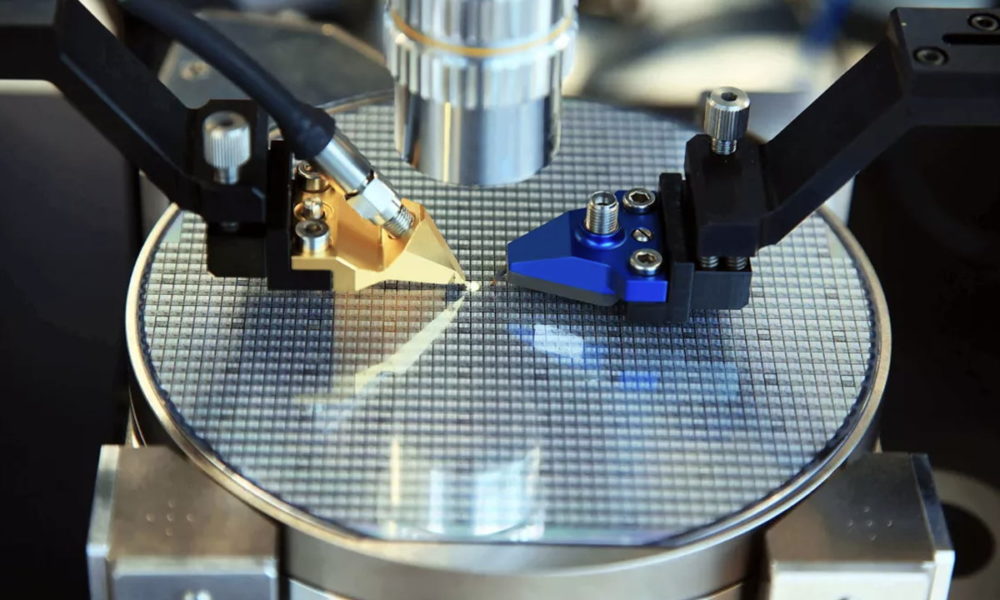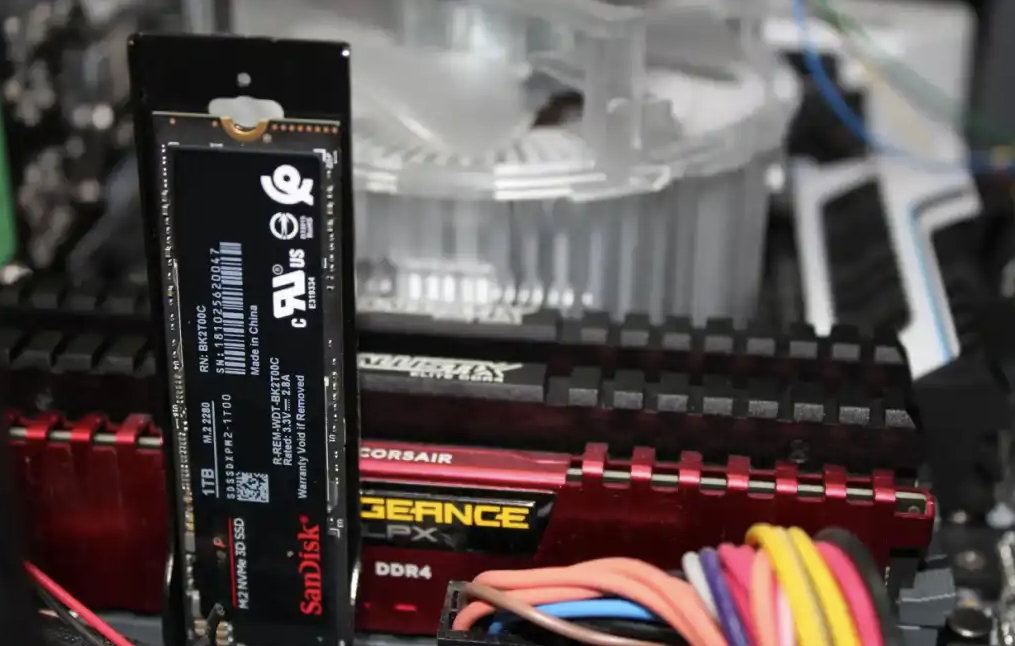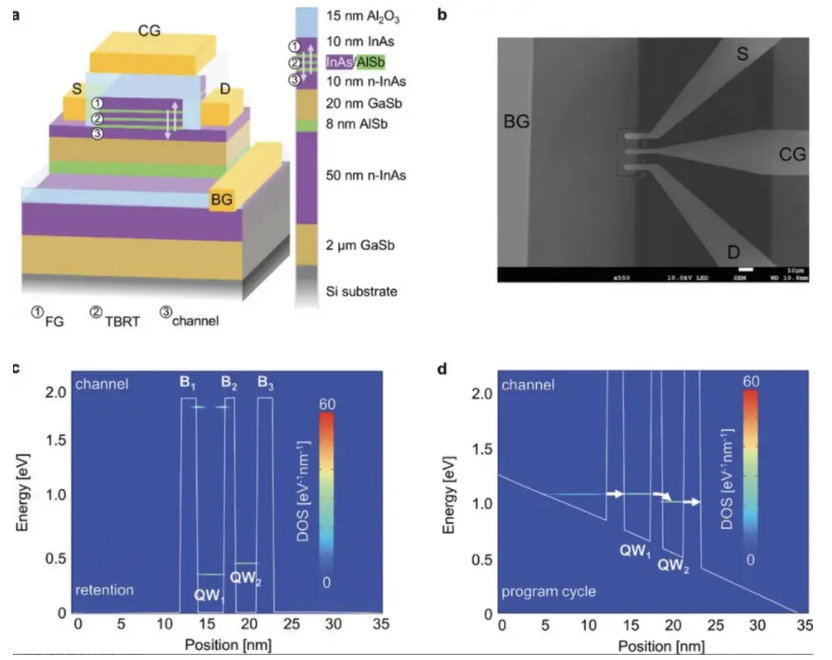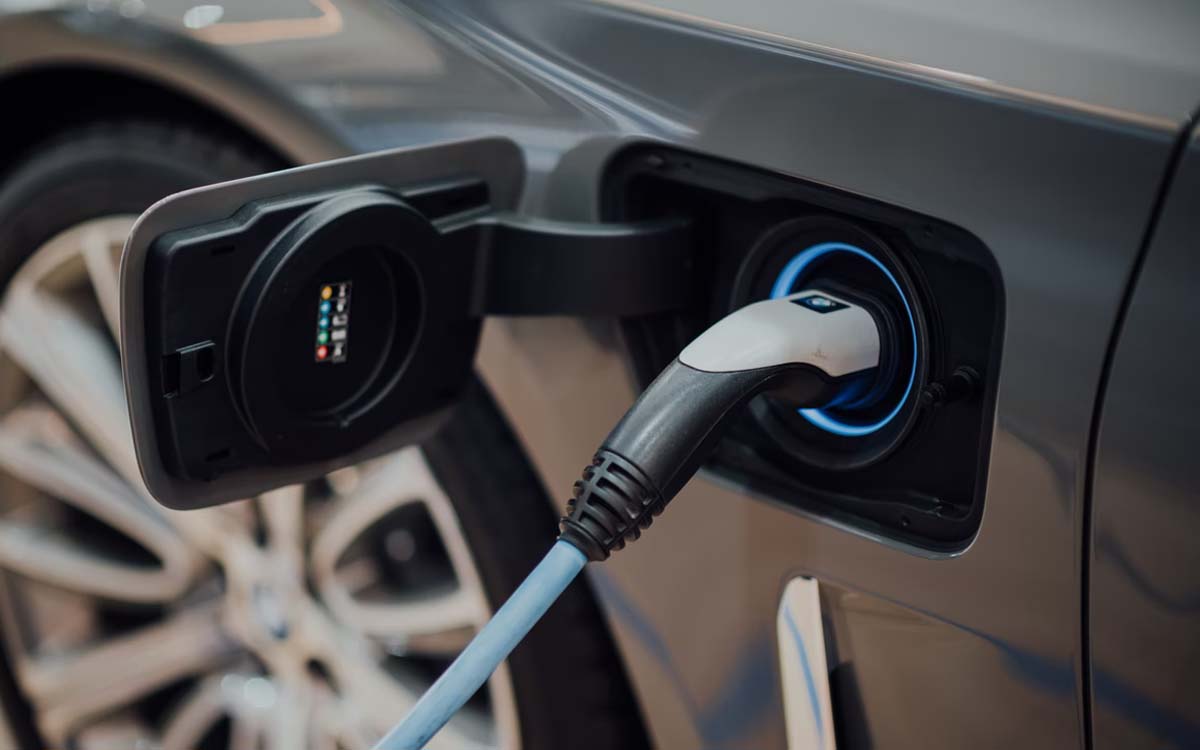
British researchers have announced advances in a new memory technology known as UltraRAM, which would merge RAM and internal storage into one component of a computer equipment.
As you know, RAM (Random Access Memory) is a random access memory that is mainly used to load instructions from the CPU and handle system data and applications while running on the computer. Its importance is paramount because any component of the PC makes use of it and it is necessary to have at least a minimum capacity to work with the equipment.
This type of memory works differently from mass storage units (be it a hard disk, SSD, eMMC) since it downloads the stored data when the equipment is turned off compared to those that save the data persistently, that is, they allow us to keep our documents, photos, installed applications or games, configurations stored. , etc.
Flash memory caching has been around for quite some time as a way to get higher performance, but at the same time taking advantage of the capacity and cost advantages that older solutions such as hard drives still offer. In addition, all current SSDs have an additional cache, small in size, but very fast.
But until now, this type of combination has been limited and in general the computer architecture has kept them separate on a PC. But, What if there was a way to get these two components together on a single chip? Merging RAM and storage is not a new idea and if you follow us it will be familiar because it is the idea behind Intel Optane technology.
Other manufacturers also have similar projects such as Samsung’s Z-NAND, and Kioxia and Western Digital want to integrate both in XL-FLASH technology for future enterprise and consumer storage solutions. Until now no company has managed to translate this concept into a successful and widely used commercial product. However, the investigation continues and lThe massive adoption of NAND flash memory that SSDs use for internal storage makes the task easier and brings them closer to the SDRAM used in RAM memories.
UltraRAM: the best of both worlds
Developing researchers from the Department of Physics and Engineering at Lancaster University describe “a technology that combines the non-volatility of a data storage memory, such as flash, with the speed, power efficiency and endurance of a working memory, as DRAM«.
The research claims to make significant progress in several fields. The materials used to make the UltraRAM are the same composite semiconductors that are used in optoelectronic devices such as LEDs, lasers, photodiodes, and phototransistors. The advance cited is to improve performance when built on silicon substrates instead of gallium arsenide wafers, which can be up to 1,000 times more expensive.
Regarding the degree of resistance, they show that this type of memory would be practically indestructible. According to the researchers «retention times extrapolated from more than 1000 years and endurance tests without degradation of more than 10 ^ 7 program erase cycles show that these memories are non-volatile and have high endurance«.
UltraRAM would be a next-generation version of non-volatile RAM, which could store files without receiving power and offer the enormous performance of today’s SDRAM. A component that would achieve «The best of both worlds»As it would serve as storage and memory for a computer, which is why it is called a type of memory«universal«.
It sounds encouraging, but there is a way to go. It is important to remember that many have tried this ‘holy grail’ in memory technologies, but have failed to standardize their solutions and have generally failed to be too slow, expensive or not very scalable to current needs. If this scientific team can solve those potential hurdles, UltraRAM could eventually be a great evolution in computer architecture and the way our PCs work.





